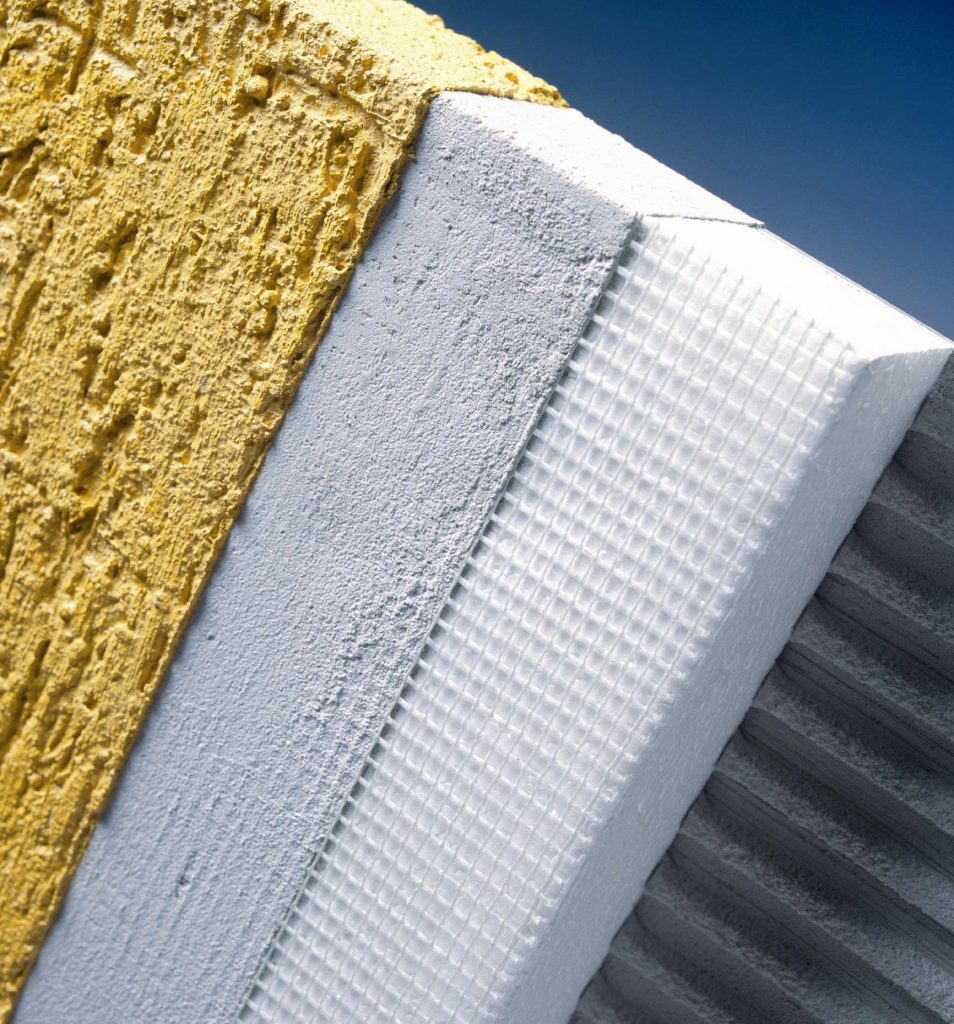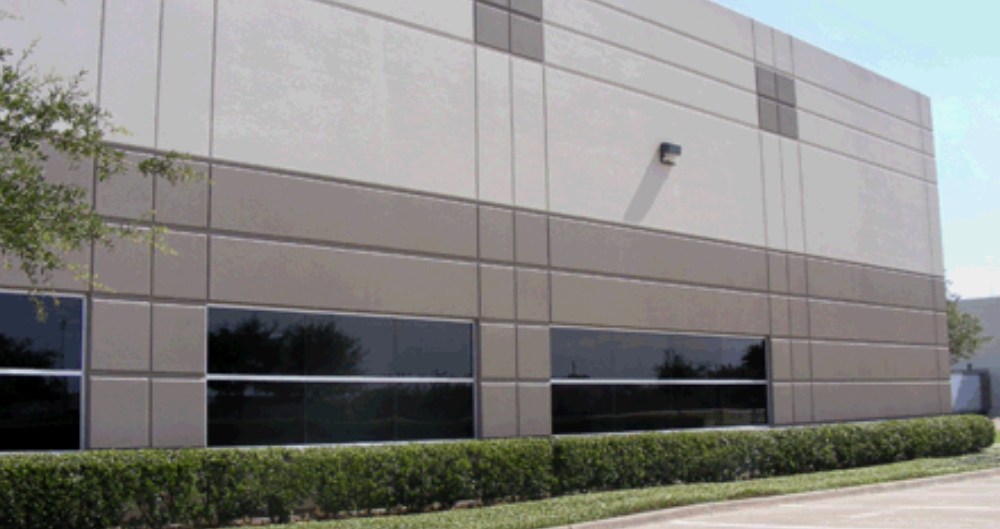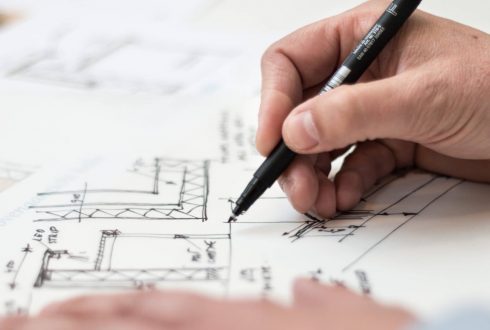EIFS System
EIFS System
Introduction
EIFS today are one of the most tested and well researched claddings in the construction industry. Research, conducted by the Oak Ridge National Laboratory and supported by the Department of Energy, has validated that EIFS are the "best performing cladding" in relation to thermal and moisture control when compared to brick, stucco, and Cementitious fiberboard siding. In addition EIFS is in full compliance with modern building codes which emphasize energy conservation through the use of CI (continuous insulation) and a continuous air barrier. Both these components are built into today's EIFS products to provide maximum energy savings, reduced environmental impact over the life of the structure, and improved IAQ, Indoor Air Quality. Along with these functional advantages come virtually unlimited color, texture, and decorative choices to enhance curb appeal and enjoyment of almost any home or structure.


The most common type of EIFS used today is the system that includes a drainage cavity, which allows any and all moisture to exit the wall. EIFS with drainage typically consists of the following components:

- An optional water-resistive barrier (WRB) that covers the substrate.
- A drainage plane between the WRB and the insulation board that is most commonly achieved with vertical ribbons of adhesive applied over the WRB
- Insulation board typically made of expanded polystyrene (EPS) which is secured with an adhesive or mechanically to the substrate
- Glass-fiber reinforcing mesh embedded in the base coat
- A water-resistant base coat that is applied on top of the insulation to serve as a weather barrier
- A finish coat that typically uses colorfast and crack-resistant acrylic co-polymer technology
Adhesives and Finishes are water-based, and thus must be installed at temperatures well above freezing. Two types of Adhesives are used with EIFS: those that contain Portland Cement (“Cementitious”), or do not have any Portland Cement (“cement less”). Adhesives that contain Portland Cement harden by the chemical reaction of the cement with water. Adhesives and Finishes that are cement less harden by the evaporation of water – like house paint. Adhesives come in two forms. The most common is in a plastic pail as a paste, to which Portland Cement is added. Adhesives are also available as dry powders in sacks, to which water is added. Finishes come in a plastic pail, ready to use, like paint.
Why Choose Our Service?
Expert People
Certified Company
Quality Work
24/7 Support


